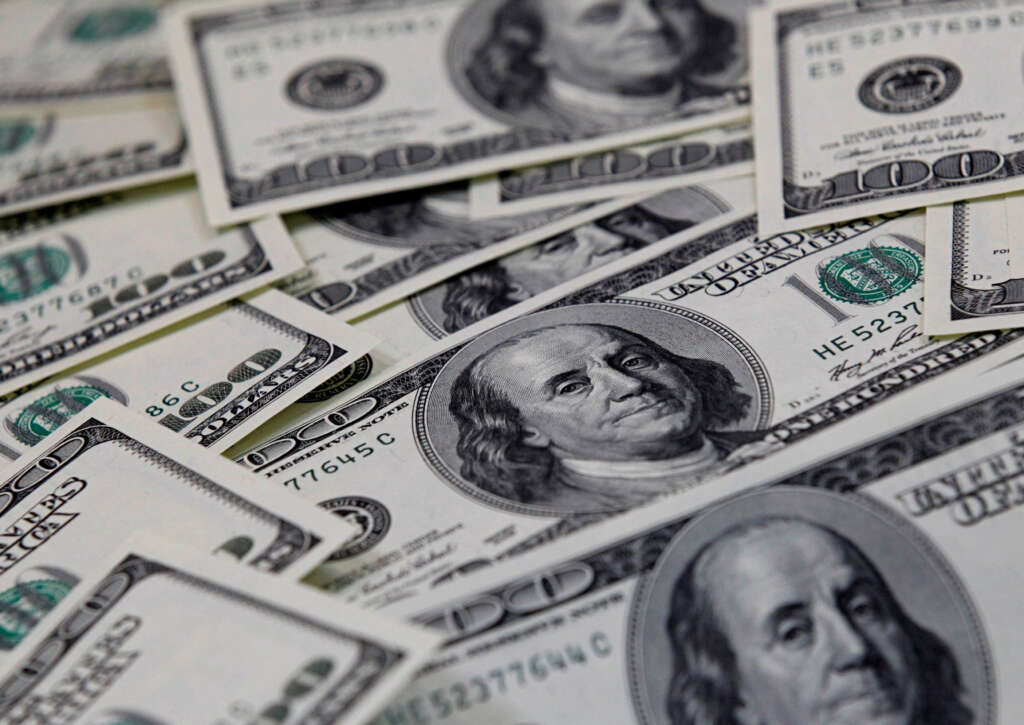
By Dhara Ranasinghe
LONDON (Reuters) -The dollar edged up on Monday, pulling away from recent six-month lows against a basket of major currencies.
The U.S. currency has weakened as markets bet a Federal Reserve tightening cycle may be nearing an end.
Sentiment remained fragile and the first trading day of the year was subdued, with many countries, including big trading centres such as Britain and Japan, closed for a holiday.
The dollar index, which measures the value of the greenback against a basket of major currencies, rose by around 0.14% to 103.63 – off roughly six-month lows hit last week at around 103.38.
The euro slipped by about a third of a percent to $1.0683, but was not far from its highest levels since June. Sterling was down 0.35% at $1.2051.
Against the yen, the dollar fell 0.25% to 130.76, having hit its lowest levels since August last month.
“There is an attempt by the dollar index to pull higher today but we do see that it is losing a good part of the strength it gained last year,” Ulrich Leuchtmann, head of forex research at Commerzbank, said.
“After the last Fed meeting, the market was not convinced that the Fed won’t cut rates later in 2023. It’s going to be an interesting year.”
Having raised rates by a total of 425 basis points since March to curb surging inflation, the Fed has started to slow the pace of hikes.
That Fed tightening helped lift the dollar index 8% last year in its biggest annual jump since 2015.
Markets remain focused on central banks and inflation, as well as signals of how long and deep a recession might be.
International Monetary Fund Managing Director Kristalina Georgieva said on Sunday that 2023 would be a tough year for the global economy.
Data from China, meanwhile, showed factory activity shrank for the third straight month in December and at the sharpest pace in nearly three years.
But a downturn in euro zone manufacturing activity has likely passed its trough as supply chains recover and inflationary pressures ease, a survey showed on Monday.
S&P Global’s final manufacturing Purchasing Managers’ Index bounced to 47.8 in December from November’s 47.1, matching a preliminary reading but still below the 50 mark separating growth from contraction.
While the euro area economy is heading for a recession, concerns about gas supply over the winter have eased, meaning a downturn may not be as bad as feared a few months ago.
Euro zone wages are growing quicker than thought and the European Central Bank (ECB) must prevent this from adding to already high inflation, ECB chief Christine Lagarde said at the weekend.
“The recent euro strength is driven by a mix of things including both the hawkish ECB commentary and hopes of a peak in U.S. rates,” said Danske Bank chief analyst Piet Haines Christiansen.
“It is also supported by hopes that the energy supply in natural gas is not as bad a situation as feared.”
(Reporting by Dhara Ranasinghe Additional reporting by Nell Mackenzie; Editing by Mark Potter and Barbara Lewis)


